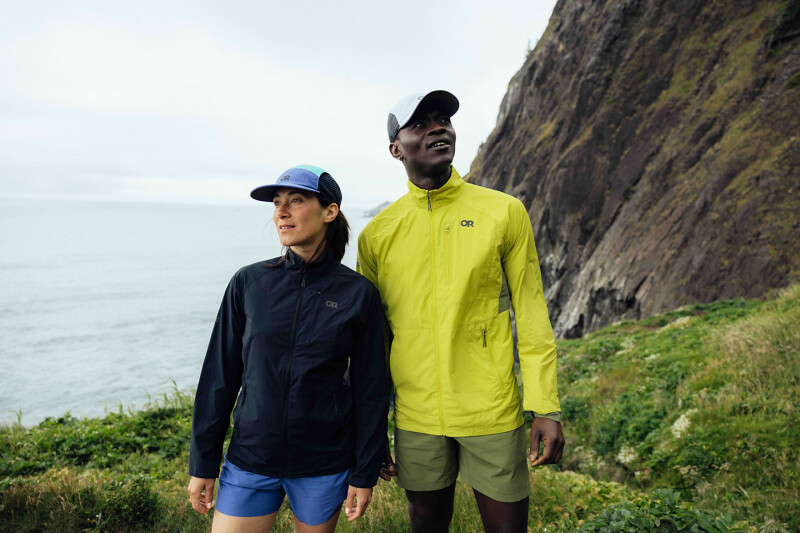The evolution of the running consumer during the pandemic, including the effects of working and spending more time at home, has invited more Americans to embrace outdoor fitness activities, which include hiking, walking and, of course, running. Gym closures and the desire for flexible, home-based fitness options might be impacting consumers’ needs for performance running shoes.
This all has had a significant impact on the performance running shoe market.
This market in the U.S. has enjoyed strong revenue growth over the past 12 months, according to retail sales data from The NPD Group. Sales reached $4.3 billion in the 12 months ending February 2022, with revenue up 21 percent, compared to the pre-pandemic year-ending February 2020, which indicates heightened interest for running shoes throughout the pandemic. Both road and trail running shoes contributed to this increase, with road running shoe sales up 21 percent and trail running shoes up 14 percent.
While these sales figures support an optimistic view of the performance running shoe category in 2022, there is some room for caution and more careful planning. Much of this growth comes from price increases. In fact, the average selling price for a pair of performance running shoes increased by 21 percent in the 12 months ending February 2022, versus the two years prior.
If these price increases had little impact on unit sales, this trend would be welcomed. After all, high prices deliver more margin dollars to both retailers and manufacturers. Unfortunately, the reality is that the price increase parallels a two percent market decline in unit sales.
Product mix changes, promotional activity and other factors are weighing on average selling prices, creating challenges and opportunities for manufacturers and retailers this year.
Here are some prime examples of where the industry is winning on both price and unit sales:
• Women’s road running shoes experienced the highest revenue and unit sales growth within the total running shoe market. The women’s road running shoe category also commands the highest average selling price of all running shoe categories and increased the most over the past two years.
• The average price for women’s road running shoes increased by 26 percent and, encouragingly, unit sales also grew by two percent. The fact that unit sales increased along with pricing increases points to a potentially healthy trend for the women’s running shoe category.
• Another positive trend contributing to overall price increases has been rising sales of stability road running shoes. Sales revenue from these shoes, which carry the highest average selling price of any shoe style tracked by NPD, grew by 32 percent and unit sales grew by six percent.
The Big Shoe Picture
These product mix trends can provide durable and positive changes in the running shoe industry. However, the market cannot overlook the broader concern that ongoing pricing increases ultimately run the risk of slowing interest in purchasing.
While on the surface there are many indications for a successful 2022, the industry can and should address two areas of improvement.
First, the lack of running shoe sales growth by consumers younger than 35-years-old, which is a key demographic to engage to assure the long-term health of the market. After all, these consumers will command enormous purchasing power in the coming years.
They are now entering a life stage where new careers, new homes and building a family all challenge them to consider new habits and engage in different activities. Carefully tailoring marketing messages and product design to appeal to an age cohort that prioritizes overall health and wellness, over racing and rigorous competition, could pay long-term dividends for the running shoe industry.
As the U.S. economy stabilizes, and as product inventories move from scarcity to a more normalized level, reviewing pricing and promotional strategies could yield long-term profit growth.
The sporting goods industry has traditionally relied on standard promotional strategies that are based on the retail calendar. As the running shoe market navigates summer and fall of 2022, promotions may be particularly effective given the high prices and lack of promotion that occurred in 2021.
A well-designed promotional strategy given inventory levels and focused on maximizing margin dollars could increase store traffic and improve margin compared to past years, as consumers seek out value at retail in the latter half of the year.
Balancing consumers’ evolving desires with retailers’ and manufacturers’ ability to retain more profit is a true call-to-action for this industry. By combining some analytical firepower, engaging ripe consumers and leveraging the pockets of strong sales trends, the running shoe industry will be in a position to close 2022 with a win-win on higher prices coupled with increased demand.






